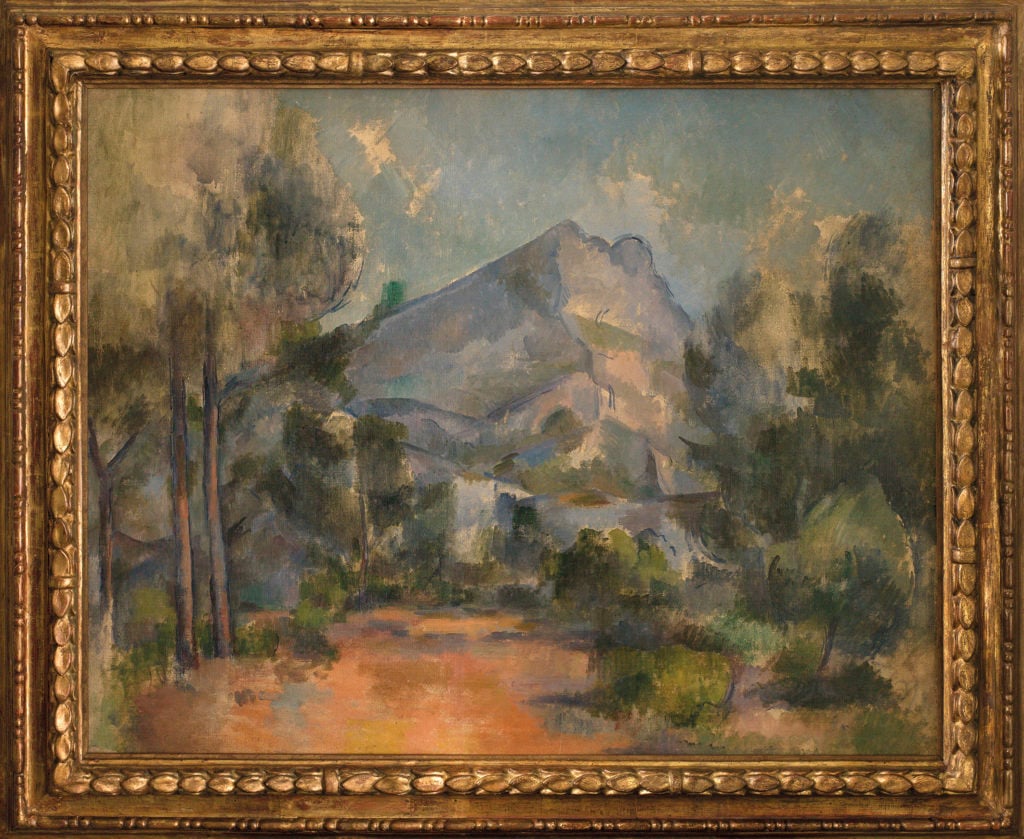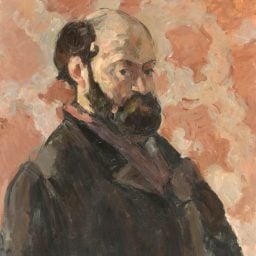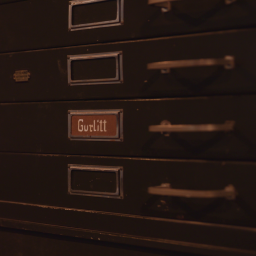It’s unclear exactly how Paul Cézanne’s 1897 painting La Montagne Sainte-Victoire ended up in the collection of the Nazi-era art dealer Hildebrand Gurlitt. But it did, and this problematic fracture in the work’s traceable history has posed a dilemma for the Kunstmuseum Bern in Switzerland, which—in a surprise turn of events upon the 2014 passing of Hildebrand’s son, Cornelius—inherited the entire trove of Nazi-looted art amassed by the elder dealer of “entartete kunst.”
The gap in the provenance of the painting is by no means unique in the tainted hoard of artwork bequeathed to the Swiss museum, which pledged only to accept works with clean records into its collection. But now, because of an agreement between the institution and the Cézanne family over La Montagne Saint-Victoire—all the more notable because it was made without money exchanging hands—the museum in Bern can call the artwork its own.
The descendants of the Post-Impressionist painter, represented by the artist’s great-grandson, Philippe Cézanne, have agreed to acknowledge the Swiss museum as the rightful owner of the work in exchange for the ability to exhibit it on a regular basis at the smaller Musée Granet in Cézanne’s hometown of Aix-en Provence.
“We are very happy to have found this cordial solution which benefits all parties,” Kunstmuseum Bern director Nina Zimmer told artnet News.
So far, the painting—arguably the most famous in the entire trove—has not been proven to have been looted by the Nazis. In 2017, the German Lost Art Foundation published the Gurlitt Provenance Research Project Report, which designated the mountain landscape “proven or highly likely not to be Nazi-looted art.”
Nonetheless, “the gap [in the provenance] remains,” Zimmer said. “We took that gap into account in reaching the solution we were able to find together. We still don’t know how and when it entered Gurlitt’s collection. Until 1940, it was in the Cézanne family; in 1947, Gurlitt mentions the painting in a letter.“
Beginning today, the important painting—one of a series of 40 paintings and an additional 40 watercolors Cézanne made featuring the mountain—will be shown along with its existing documentation in the museum’s provenance research studio as part of the exhibition “Gurlitt: Status Report; Part 2 Nazi At Theft and Its Consequences,” which runs through July 15.
Later, it will be incorporated into the museum’s collection, perhaps hanging alongside Kunstmuseum Bern’s other Cézannes, including the self-portrait Portrait de l’artiste au chapeau à large bord (1879–1880), a still life, and another landscape painting.
“This solution in the spirit of the Swiss-French friendship and partnership allows two great museums, Kunstmuseum Bern and the Musée Granet in Aix-en-Provence, to show a masterpiece by our grandfather Paul Cézanne—for the benefit and enjoyment of a great audience I hope,” Philippe Cézanne said in a statement provided by the museum.
The agreement between the two parties will be regulated by a long-term loan contract, and discussions are underway for an exhibition of the work at the Musée Granet “in the foreseeable future,” the parties stated.








